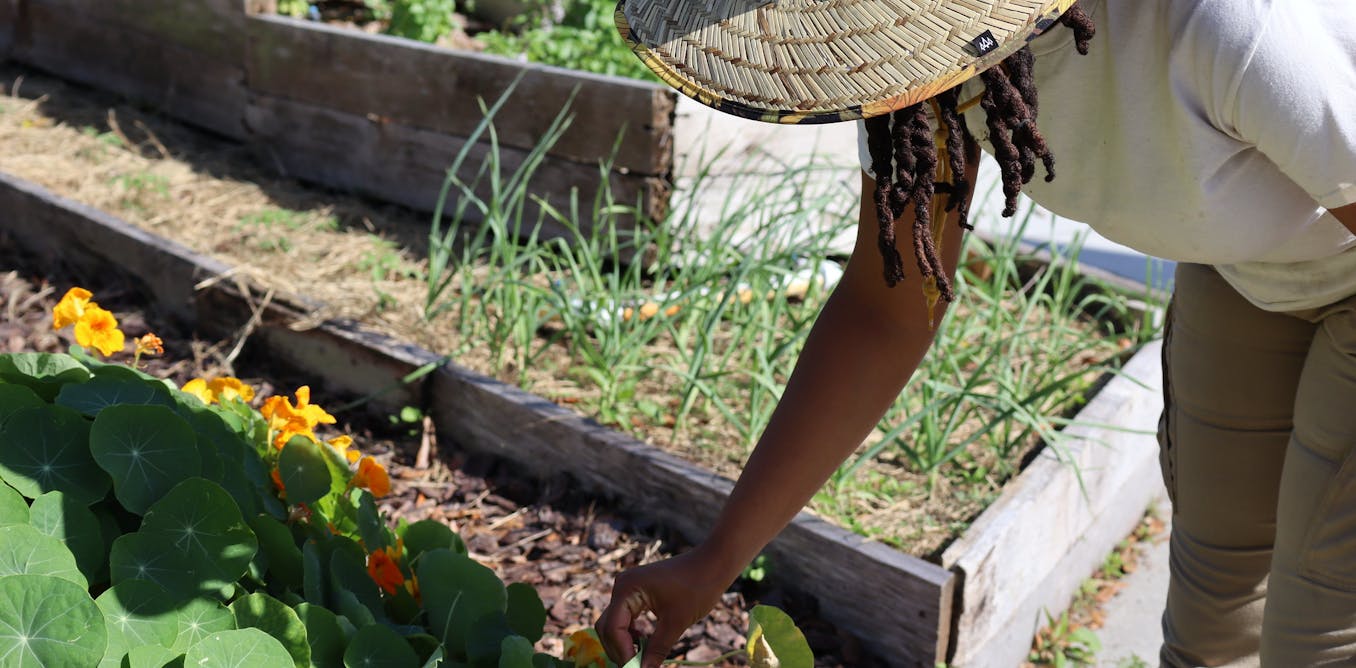Fascination About City Blooming
Fascination About City Blooming
Blog Article
5 Easy Facts About City Blooming Described
Table of ContentsThe Buzz on City BloomingSome Of City BloomingEverything about City BloomingAll about City BloomingThe 6-Minute Rule for City Blooming
Interested in growing food for sale in the City of Chicago? Below is a list of regularly asked inquiries relating to the policies and laws that farmers need to take into consideration when preparing an urban farming project.
The zoning change does not change any type of various other codes taking care of composting, structure permits, acquiring or leasing City owned property, organization licenses or environmental contamination. There are existing codes that control these problems and they stay in complete impact and might be appropriate to your project. Neighborhood gardens are typically had or managed by public entities, civic companies or community-based companies and preserved by volunteers.
Urban ranches grow food that is meant to be sold, either on a nonprofit or for-profit basis. As a result of their business objective, urban farms require a company license. Yes. An area yard is enabled to sell excess create that was expanded on site if the sales are accessory or subordinate to the yard's main objective described above.
City Blooming Fundamentals Explained
Composting is enabled but just for plant material that is produced and used on website. The amount of garden compost product can not surpass 25 cubic backyards at any given time according to the standards in 7-28-715 of the City's Municipal Code. Yes. Due to the fact that the dirt at most brand-new garden sites requires amending, compost, soil, timber chips, or other materials can be acquired to construct or improve the growing area - urban gardening.

If a building license is called for then the hoophouse will be taken into consideration an accessory structure. You can discover out even more about the structure authorization needs by contacting the Division of Buildings. The 25,000-square-foot size restriction is intended to avoid a single community yard from controling a given block or diminishing the block's existing property or commercial personality.
The limit does not put on yards situated in Public Open Space (POS) districts. Can there be greater than one neighborhood garden that is 25,000 square feet on a solitary block? Yes. The size limitation relates to individual gardens, not to individual blocks. No. Fence is not called for, nonetheless, yards that have big car park areas may be called for to mount secure fencing or other landscape design functions.
The Ultimate Guide To City Blooming
B1 & B2 areas need that all business usage tasks be carried out indoors. Is fencing needed for city farms? Fences may be needed, along with landscape design and testing, for specific car parking locations and outdoor job or storage areas depending on place and the specific activity taking location.
Yes. Urban ranches require building permits and zoning approvals prior to construction. Various other kinds of city testimonial may be required depending upon particular frameworks, activities, size, landscaping, licensing, public heath and stormwater management concerns. A lot of these requirements are identified in the project style or permitting procedure, nevertheless, the applicant may be responsible to individually identify specific licenses or permits that may be called for.
Yes. The type of certificate is identified by what is happening at the site. The Division of Organization Matters and Customer Protection can help determine the specific sort of company certificate that's required. Yes. Off road car parking is required for most commercial projects in Chicago. The required number of vehicle parking rooms is based on the variety of staff members working on website and not the square video of the expanding space.
3 Simple Techniques For City Blooming

A metropolitan ranch can sell compost material produced on website, nevertheless, the operation has to conform with the regulations in 7-28-715 of the Chicago Municipal Code. Aquaponic systems are permitted inside on city farms in many zoning districts.
Approximately 5 hives or swarms of honey might be kept as an accessory use. Nevertheless, beekeepers must sign up with the Illinois Department of Agriculture. For additional information regarding the recommended zoning change you may contact the Division of Housing and Economic Advancement, Bureau of Planning and Zoning at 312.744.8563.
Farming in cities and urban areas A city ranch in Chicago. Urban farming refers to various techniques of cultivating. http://peterjackson.mee.nu/where_i_work#c2252, handling, and dispersing food in city locations. The term additionally puts on the area activities of animal husbandry, aquaculture, beekeeping, and horticulture in a city context. Urban agriculture is distinguished from peri-urban farming, which takes location in his comment is here backwoods at the side of suburbs.
Unknown Facts About City Blooming
, who seek to develop social networks founded on a common ethos of nature and community holism. These networks can create by way of formal institutional support, ending up being integrated right into local town planning as a "change town" movement for sustainable urban growth.
In either situation, the extra direct accessibility to fresh vegetable, fruit, and meat products that might be realised with metropolitan farming can improve food safety and food security while lowering food miles, resulting in reduced greenhouse gas emissions, thereby adding to climate adjustment reduction. Some of the initial evidence of metropolitan farming comes from Mesopotamia.
Report this page